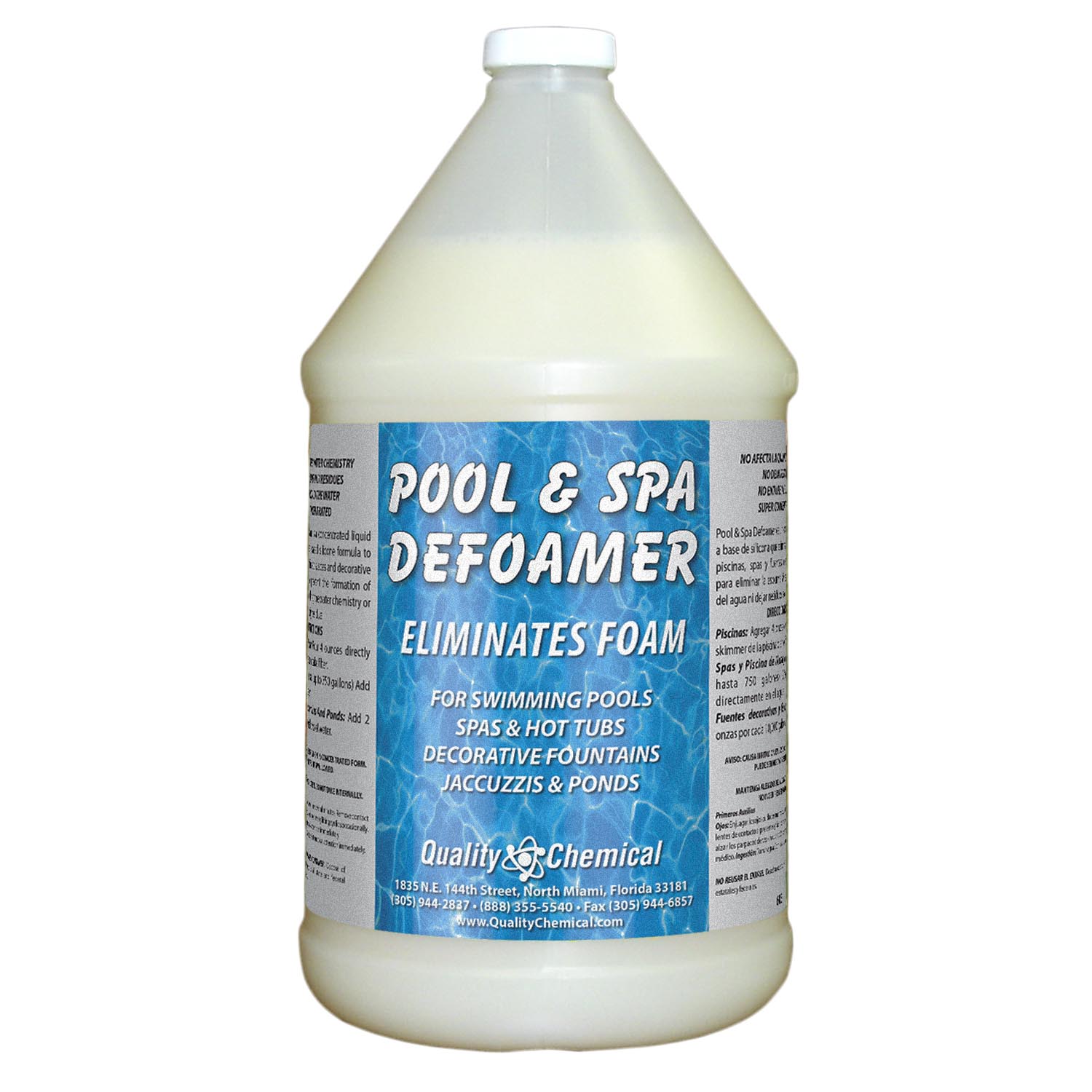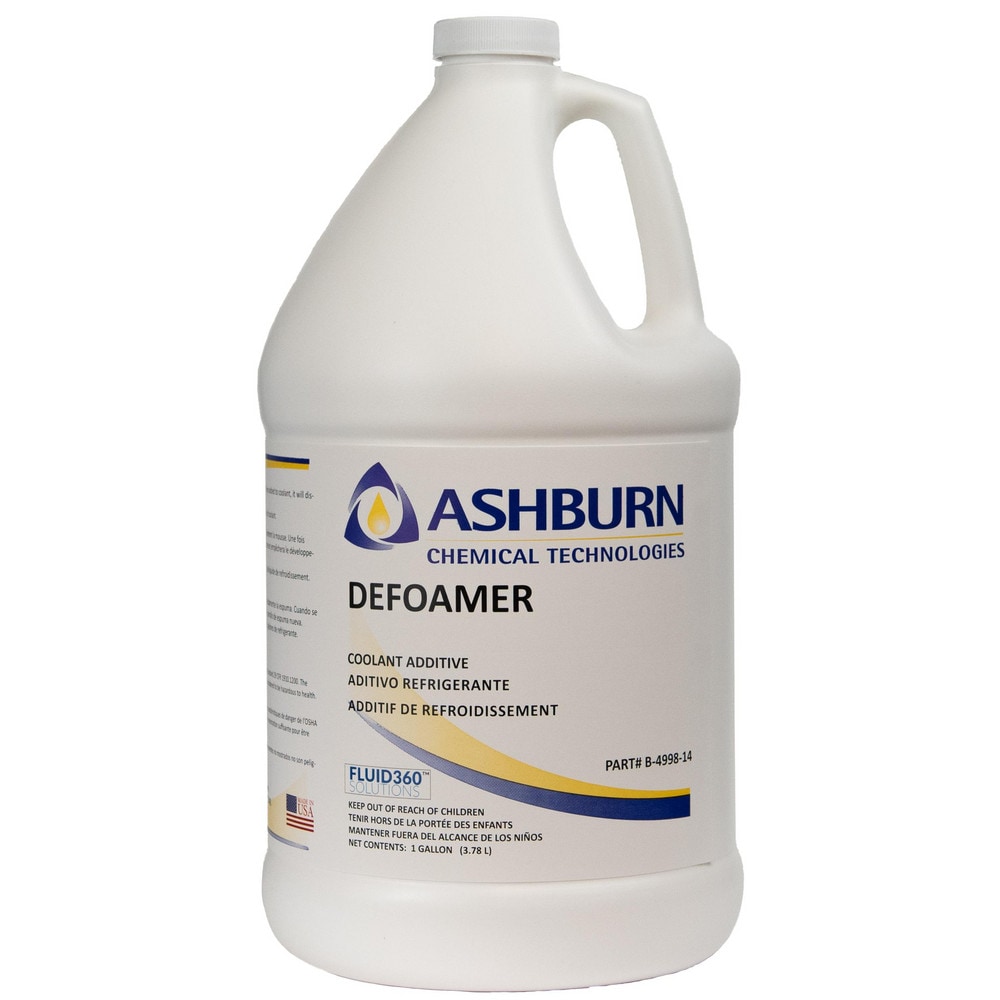Checking Out the Advantages of a Chemical Defoamer in Manufacturing and Production
The integration of chemical defoamers in production and production processes uses a tactical benefit by dealing with one of the persistent challenges in commercial operations: foam control. Chemical Defoamer. Understanding the nuances of different sorts of defoamers and their certain applications can reveal their considerable effect on operational performance and item high quality. As suppliers aim to optimize processes and boost consumer complete satisfaction, the duty of chemical defoamers becomes progressively essential. The question continues to be: just how do these materials fundamentally change the landscape of manufacturing performance and cost-effectiveness?
Value of Foam Control
While the existence of foam in manufacturing processes can in some cases seem harmless, efficient foam control is important for enhancing functional effectiveness and product quality. Foam can conflict with numerous stages of manufacturing, bring about inadequacies that might prolong and increase expenses processing times. In sectors such as food and beverage, drugs, and chemicals, unrestrained foam can obstruct tools, interrupt automated systems, and inevitably cause item incongruities.

Carrying out efficient foam control approaches not only boosts productivity yet also supports regulative conformity in markets where foam can cause environmental worries. By using chemical defoamers, manufacturers can reduce these obstacles, guaranteeing smoother operations and higher-quality end products. Eventually, focusing on foam control is an essential element of manufacturing that can produce substantial advantages in regards to safety and security, effectiveness, and item reliability.
Types of Chemical Defoamers
What kinds of chemical defoamers are offered for manufacturing processes, and just how do they differ in application? Chemical defoamers can be categorized into 3 major kinds: silicone-based, natural, and not natural defoamers. - Chemical Defoamer

Organic defoamers, commonly stemmed from fatty acids or all-natural oils, work in a variety of applications, consisting of food and drink production. They are commonly preferred for their lower toxicity and ecological effect, guaranteeing compliance with market guidelines.

Each kind of defoamer offers distinct functions based upon the chemical structure and the specific demands of the production procedure, allowing makers to pick the most appropriate option for their specific requirements.

Benefits in Manufacturing Efficiency
Chemical defoamers play a crucial role in improving making effectiveness by successfully managing foam generation throughout different procedures. Foam can hinder production rates, disrupt devices procedure, my site and result in costly downtime. By including chemical defoamers, makers can mitigate these issues, making sure smoother process and enhanced general efficiency.
Using chemical defoamers aids optimize the operational performance of equipment such as mixers, pumps, and activators. With minimized foam, these makers can run at their meant capacity, lessening the threat of overflow and allowing regular handling. This causes better source usage and greater throughput.
Furthermore, chemical defoamers facilitate faster handling times by decreasing the time needed for foam elimination. This acceleration can substantially impact production routines, allowing manufacturers to satisfy customer demand more successfully. Furthermore, making use of defoamers adds to lower energy usage, as equipment runs much more efficiently with lowered foam interference.
Effect On Product Quality
Foam control is not only crucial for maintaining performance in making processes however likewise plays a considerable duty in ensuring item top quality. Excessive foam can introduce air right into formulations, leading to inconsistencies in the end product. This can show up as defects such as gaps, uneven appearances, or substandard coatings, which weaken the intended high quality and efficiency of the item.
In addition, foam can hinder published here the homogeneity of blends, causing unequal distribution of energetic ingredients. In markets such as finishes, cosmetics, and food production, this can result in variations in shade, preference, and general performance. By utilizing a chemical defoamer, makers can mitigate Find Out More these threats, ensuring that items satisfy strict top quality specs.
In addition, managing foam can improve the security of suspensions and emulsions, which is critical for ensuring shelf-life and consumer contentment. With boosted item uniformity and reduced defects, producers can attain higher standards of top quality assurance, ultimately leading to boosted customer trust and brand commitment.
Cost-Effectiveness and ROI
Reliable foam control not just enhances item quality yet additionally contributes substantially to the overall cost-effectiveness of producing procedures. Using chemical defoamers minimizes foam-related concerns, which can otherwise lead to manufacturing hold-ups, devices malfunctions, and raised power usage. By lowering foam, producers can maximize their processes, bring about greater throughput and performance.
Purchasing chemical defoamers can generate a substantial roi (ROI) The initial prices connected with these additives are commonly countered by the savings understood from lowered downtime and improved material yield. Additionally, enhanced product high quality can decrease waste and revamp costs, further bolstering monetary efficiency.
On top of that, reliable foam control can bring about minimized water and power use, adding to reduced functional expenses. This is especially important in industries where resource effectiveness is extremely important. By incorporating chemical defoamers into their processes, suppliers can attain long-term financial savings while keeping competitive rates in the marketplace.
Verdict
Finally, the integration of chemical defoamers in production and production procedures is crucial for maximizing operational performance and boosting item quality. Reliable foam control adds to enhanced equipment efficiency, minimized processing times, and decreased downtime, inevitably leading to substantial cost financial savings. Furthermore, constant item formulations foster consumer contentment and brand name commitment. The benefits offered by chemical defoamers not just support governing conformity yet additionally offer an one-upmanship in the production landscape.
The assimilation of chemical defoamers in manufacturing and production processes supplies a critical advantage by dealing with one of the relentless difficulties in industrial procedures: foam control.While the existence of foam in producing processes can often seem harmless, reliable foam control is critical for enhancing functional efficiency and item top quality.Chemical defoamers play a vital function in boosting manufacturing efficiency by efficiently regulating foam generation throughout different procedures.Moreover, chemical defoamers assist in faster handling times by lowering the time needed for foam elimination. Additionally, the use of defoamers adds to lower power consumption, as machinery operates more effectively with reduced foam interference.